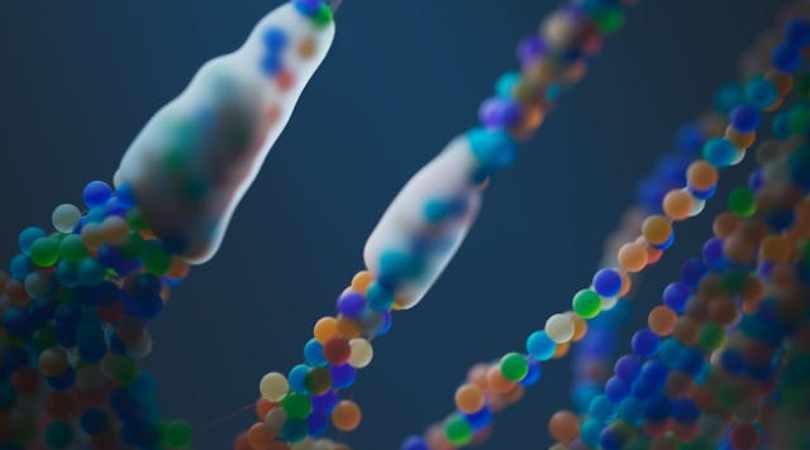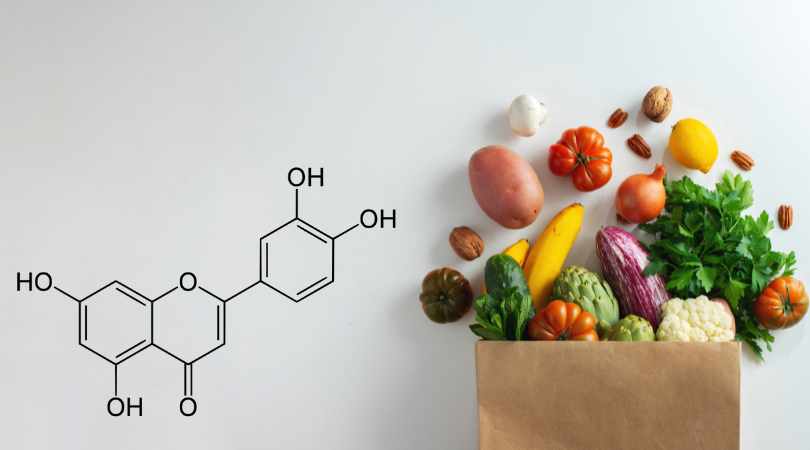Scientists have successfully restored the lost uricase enzyme, a key breakthrough in combating fructose-induced fat formation. This discovery offers new hope for preventing obesity and metabolic disorders by targeting how the body processes sugar and stores fat.
Limited Quantities Available! Order Today and Enjoy Free Shipping on Orders Over $100!
Nature’s Blueprint: How Modern Medicine Is Built on Supplements — and Why That Matters

Many of today’s most powerful pharmaceuticals were inspired by compounds found in nature. But the original versions of those compounds — the actual molecules that sparked scientific interest — are rarely available to consumers.
Why?
The answer lies at the intersection of biology, economics, and regulation.
This is the story of how supplements often spark medical breakthroughs, but are left behind before the credit is given. And more importantly, it’s a story about how that process is changing — thanks to safer ingredients, smarter delivery systems, and real-world usage that’s finally being taken seriously.
Nature Is the Original Laboratory

Some of the most transformative drugs in history trace their lineage directly back to a natural compound that showed promise in early lab studies. Consider just a few examples:
- Aspirin, now a staple for pain and cardiovascular protection, was inspired by salicin, a bitter compound in willow bark.
- Statins, used by millions to lower cholesterol, were derived from lovastatin, first isolated from red yeast rice.
- Taxol (paclitaxel), a chemotherapy agent used to treat breast and ovarian cancers, came from the Pacific yew tree.
- Quinine, the original anti-malarial, was extracted from cinchona bark, leading to drugs like chloroquine and hydroxychloroquine.
- Artemisinin, today’s leading malaria treatment, was discovered in Artemisia annua, a traditional Chinese herb.
- Morphine, the foundation of modern pain relief, came from the opium poppy — and later gave rise to codeine, oxycodone, and hydromorphone.
None of these stories began in a pharmaceutical boardroom. They began with compounds in nature — already biologically active, already used in traditional contexts, and already piquing the interest of scientists.
From Discovery to Drug: Why the Original Compound Rarely Survives
So why don’t we just use the natural versions?
There are three main reasons:
1. Patentability
Natural compounds can’t be patented. Without intellectual property protection, there’s no financial incentive to fund the clinical trials required to bring them to market as drugs.
2. Clinical Trial Costs
Even if a natural compound shows immense promise, no company wants to invest the tens or hundreds of millions needed to run human trials if they can’t secure exclusivity.
3. Regulatory Classification
Natural compounds — no matter how well studied — are regulated as dietary supplements, not drugs. That means companies cannot claim to treat disease, even when the evidence is strong.
The result? The molecule that sparked the pharmaceutical innovation is often abandoned — unable to be patented, funded, or claimed.
Why Supplements Can’t Make Disease Claims
The U.S. FDA classifies supplements as foods, not drugs. So they’re limited to making structure/function claims like:
- “Supports liver health”
- “Promotes healthy blood sugar levels”
- “Helps maintain energy metabolism”
They cannot legally say:
- “Lowers blood sugar”
- “Treats insulin resistance”
- “Reduces risk of disease”
Even if the supplement has preclinical studies, GRAS status, and compelling real-world feedback, the claim must stop short of diagnosis, treatment, or cure.
That’s not conspiracy — that’s regulation. But it leaves many promising compounds stranded between science and silence.
When Natural Compounds Do Have a Path Forward
Despite the regulatory wall, some compounds do make it through — especially with two key enablers:
GRAS (Generally Recognized as Safe)
Some natural ingredients — like luteolin, curcumin, and tart cherry — have enough toxicological and historical safety data to be classified as GRAS. That allows them to be sold as supplements and used widely.
Modern Delivery Systems (Like Liposomes)
Poor absorption has doomed many natural molecules. But new delivery tech — especially liposomes — helps protect and transport compounds into the bloodstream effectively. That’s how we finally unlocked ingredients like luteolin, which has poor bioavailability in raw form.
Check Out - What to Expect When Supplementing with Liposomal Luteolin and Tart Cherry Extract
The Rise of Real-World Evidence

RCTs are the gold standard for drug approval. But for supplements, another kind of evidence is emerging:
Social proof — structured, large-scale, and outcome-driven.
When a safe, bioavailable compound is:
- Delivered consistently
- Used by thousands of people
- Monitored with targeted feedback
…it becomes possible to observe real patterns in:
- Energy
- Cravings
- Mood
- Metabolic trends
This doesn’t replace clinical trials. But it mirrors their principles — dosage control, data collection, outcome tracking — and gives people a meaningful way to test support before dysfunction becomes disease.
A Case Study: Luteolin
We don’t use Luteolin because it’s trendy. Quite the opposite — most people have never heard of it.
We use it because it checks every box:
- Scientific Basis: Luteolin inhibits fructokinase, the enzyme that begins fructose metabolism — a pathway now linked to insulin resistance, mitochondrial dysfunction, and fat accumulation.
- Mechanistic Clarity: Preclinical studies show Luteolin protects mitochondria, reduces uric acid, improves lipid profiles, and normalizes blood sugar — especially in high-fructose conditions.
- Bioavailability: Our liposomal delivery system dramatically improves absorption.
- Safety: Luteolin is naturally found in small quantities in parsley, chamomile, and celery. It has an excellent safety profile at the doses we use.
- Social Proof: After 3 years of structured feedback, we’ve observed consistent trends in:
- Reduced cravings
- Better energy and fasting endurance
- Improvements in lab markers
- Greater sense of metabolic control
We’re not claiming to treat disease. But we are saying — with high confidence — that Luteolin supports fructose metabolism, and that support ripples outward to many systems under stress.
Also Read - Luteolin: A Natural Warrior Against Metabolic Syndrome
Why Wait?
We’re excited about where this research may lead — including future pharmaceutical derivatives. If a patented version of Luteolin appears, it will only validate what the science has already shown.
But we don’t believe people should have to wait.
The science is strong. The safety is clear. The need is now.
Supplements won’t replace medicine. But the best of them — carefully formulated, properly absorbed, and rigorously observed — deserve far more trust than they currently receive.
Final Thought
The path from plant to pill is long and expensive. But it often starts with a spark — a quiet, consistent signal that a molecule is doing something important at the cellular level.
We’re listening to that signal.
And we think you should be too.
Disclaimer:
These statements have not been evaluated by the Food and Drug Administration. SugarShield is not intended to diagnose, treat, cure, or prevent any disease. Results shared reflect individual experiences and are not intended as scientific proof.
Disclaimer: The information in this blog reflects personal opinions, experiences, and emerging research. It is not intended as medical or professional advice and should not replace consultation with qualified professionals. The accuracy of this content is not guaranteed. Always seek guidance from a licensed expert before making any health-related decisions.


Chris | 🔬 Founder of LIV3 Health
⚡ A keen researcher dedicated to uncovering the root causes of metabolic dysfunction, the key driver of chronic conditions behind 70% of global deaths. His findings led to science-backed, natural solutions designed to inhibit fructose metabolism.
📢 Follow me on Reddit for insights on metabolic health and the future of wellness! -






